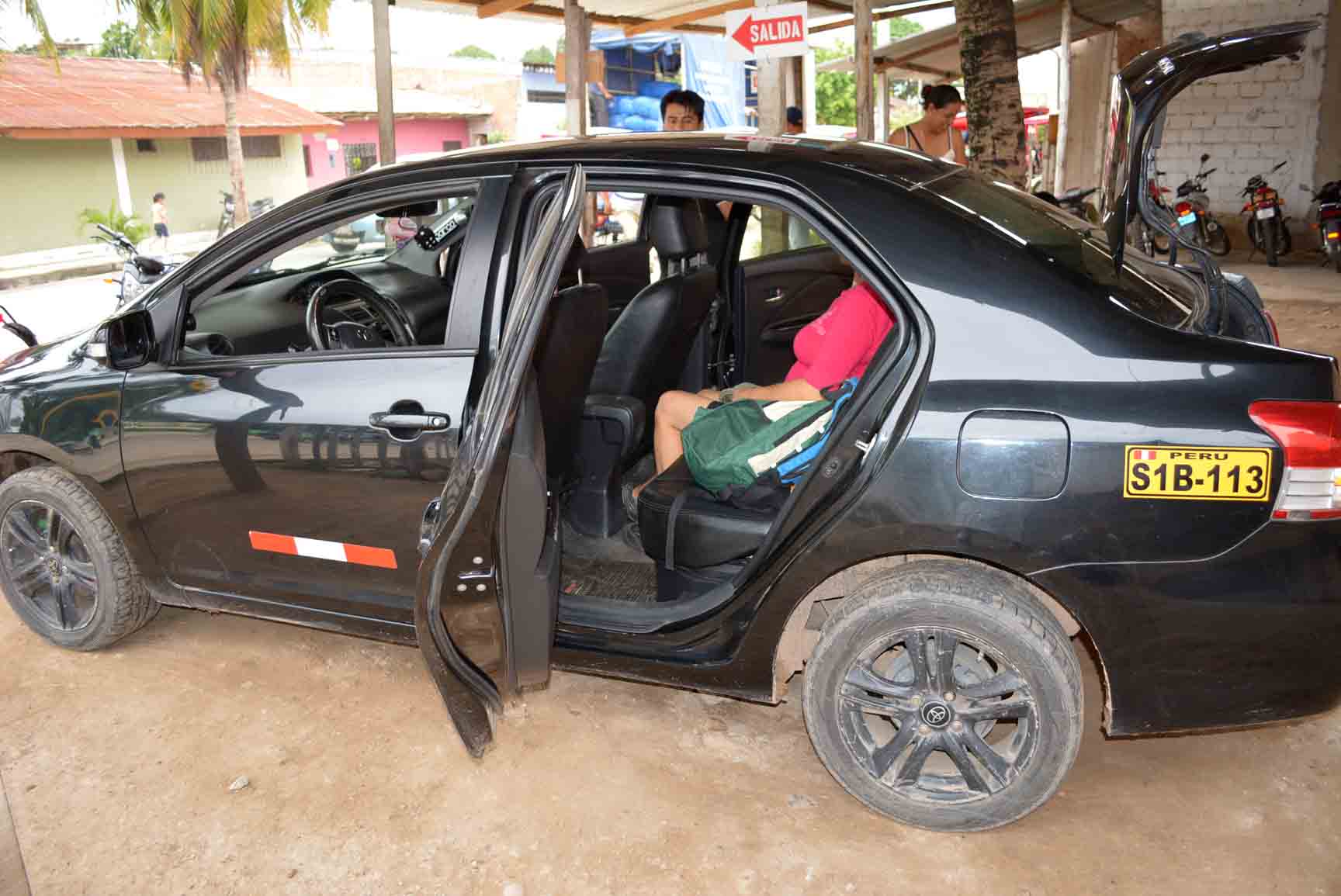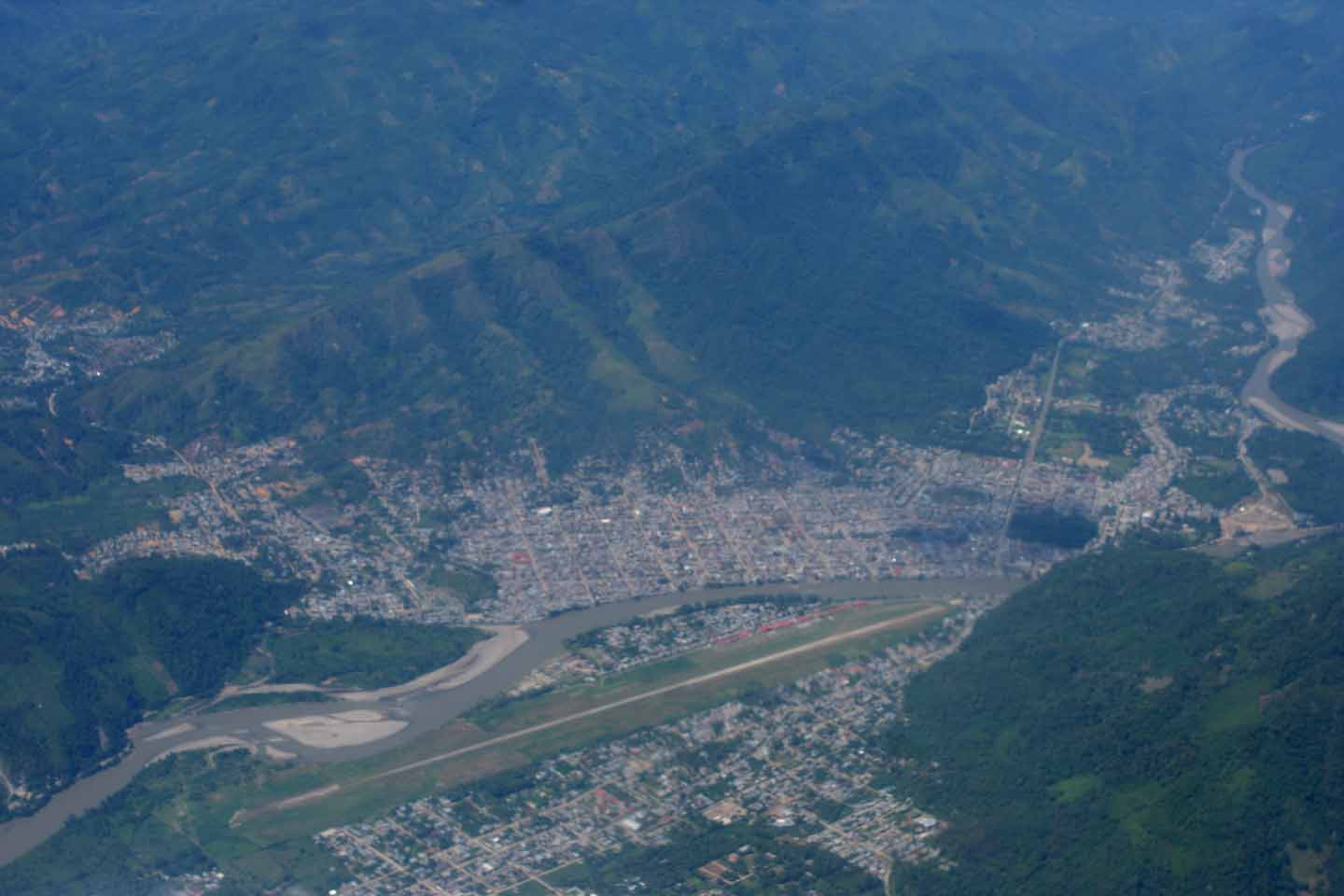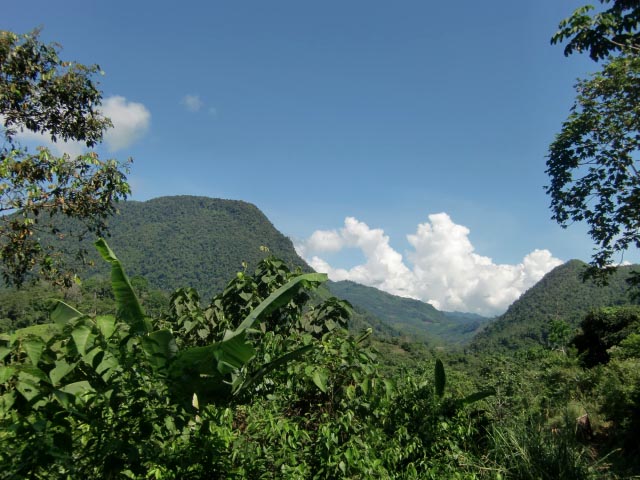The last week or so had been a series of trips to internet cafes & “locutorios” (where one can make phone calls.) In between the details of organizing a coffee buy, we did manage to enjoy one of favorite places in the world – Tarapoto.
It’s been somewhat frustrating to try and post on the blog. I picked up some malware in one café, and was afraid to log on and compromise the site.
Alas, duty calls and we’re off again (and off the computer again too.) We left Tarapoto in order to get to Villa Rica, and the Chacra D’dago to get some more samples and confirm our final order there, meet some new potential suppliers, and make our way to San Ramon for the second series of Curibamba Workshops this weekend. We’re also making arrangements for the distribution of solar coffee drying tents to the growers in the Curibamba Coffee Project.
It’s a two day journey via land, and there isn’t really any airport option short of flying back to Lima, and then flying to Jauja, which is still several hours to Villa Rica by bus or car. (As an afterthought – flying would have been worth it!) We’re finalizing our purchase of some wonderful coffees that we’ve tested, and visit with our friends, and make some new ones.
(For more on Tarapoto see here, for more on Chacra D’dago, see here.)
Here’s what it’s like to travel in Peru to the more remote provinces:
Tarapoto to Juanjui

We’re up at 6:00 am to get showered, eat and on the road as early as possible. The air is cool and fresh, a faint smell of smoke is in the air, and the roosters are crowing (and have been for hours.)
We called an “auto” service which came and picked us up. We traveled with two backpacks, a suitcase, another large travel bag, and my guitar. (Gotta keep up the practice.)
The auto, or colectivo as they are known, is a small car (often a Toyota Corolla,) with two seats in the front and the normal seat in the back. When the front passenger seat and three seats in back are rented, off you go. This sometimes means waiting a while until the other passengers show up. We’ve found that either renting the whole back seat (paying for three spots,) or one riding in front, and one behind the front seat is best. The middle seat in back is usually quite cramped, and although we’d much prefer to travel “side by side,” comfort especially on a long trip is critical.
If the wait is long, and you’re only short one passenger, sometimes the other passenger may opt to “contribute” if asked so that you can leave rather than wait. If we’re in the back, we offer to pay 2/3 of the remaining passenger space, and often this will set us on the road again. Sometimes we just bite the bullet and pay for the additional passenger(s.)

The quality of the trip can vary a lot depending on many factors: the age and condition of the seats (old ones where you sink low are especially hard on the back after a long journey,) the other passengers (we’ve had screaming babies, drunks, and vexingly loud fellow travelers,) skill (or lack of) of the driver (some are prudent, others frighten one regularly,) and the music of the journey (we prefer the Peruvian “standards,” and popular groups vs some of the new Latin rap) is tantamount to a comfortable trip. (If you find the volume is giving you a headache, don’t hesitate, ask the driver to please lower it!) More importantly, if you don’t want to ride in the first car available (because you don’t like it,) it’s better to let that be known early. The driver may grumble, but it’s better than suffering.
The ride from Tarapoto to Juanjui is easy. The road is fine, and the countryside beautiful. Lush green mountain vistas and fresher high altitude air slowly change from the high rain forest vegetation and farms to the lower rain forest areas of rice & vast plantations sprinkled with small farms of cacao soon are everywhere. This area is known as one of the finest cocoa been producers in the world. Prized Peruvian cocoa is sought by many companies in Europe and more recently in the States Peru is becoming recognized as a quality producer. (see links below for more reading) There are a few mountain twists and turns as we slowly descend into the valley, but probably the “easiest” two hours of the whole journey.

Juanjui to Villa Rica
In Juanjui we have to change cars. A whole lot of memories flood back. Hard to believe that it’s been a year since we were “trapped” in Juanjui due to a general strike and protesters closing the only routes in and out of town. (See Incident at Juanjui for that story.)
This year though, all is quiet and we get to the next colectivo agency, and luckily a car is soon ready with passengers, and off we go. Our first stop will be Tocache (a 4-5 hour drive because of the bad roads.)
At first, the roads are asphalt & good, then little by little there are more holes, more rough patches, and eventually (about an hour in) we’re off of the pavement and down a very bumpy road full of holes and even washed out places.
Meanwhile, off to one side we enjoy wide open panoramic vistas of the Huallaga valley & the other side alternates between hills, small mountains, and open farm areas. It’s appearing more and more remote with only an occasional small village, and many areas where no sign of human habitation anywhere. Aside from the bumps and almost constant swerving to avoid potholes, it’s a beautiful part of the ride.
From Tocache, we’re on the downhill slope. It’s about two and a half hours to Tingo Maria (known by locals as “Tingo,”) where we’ll call it a day. The roads out of Tocache are good and then decline for a while until we’re about an hour from Tingo, then they’re good again. We get into Tingo with just a little daylight left (winter solstice here.) We’re beat after 10 hours on the road, and it’s only day one…
Now, my dear reader, I’ll stop this here as Part 1. Please check back soon, as Part 2 is where things really start to get interesting…


© 2015 Ben Gangloff
You might also enjoy:
A Trip to the Chocolate Factory
Curibamba Workshops, A Conversation with Ignacio Medina
Peru Ranked Third for Adventure Tourism, Here’s Why

Did you enjoy this page? Have questions? Would like information on something to be posted here? Please drop us a line, or sign up for our email list in the box to the right.
